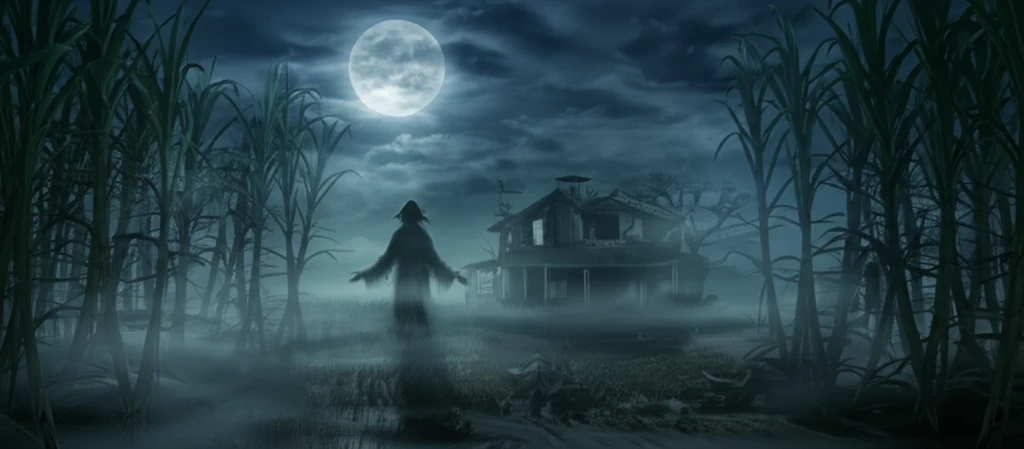
Unveiling the Ghosts of Slavery: How Spectral Realism Illuminates Cuba's Past
"Discover how Victor Goldgel Carballo's analysis of Cecilia Valdés reveals the haunting legacy of slavery in Cuban literature and society."
In the realm of literary analysis, certain works possess the power to transcend mere storytelling, offering profound insights into the intricate layers of history, culture, and society. Victor Goldgel Carballo's exploration of Cirilo Villaverde's canonical novel, "Cecilia Valdés," published in the Journal of Latin American Cultural Studies, is one such endeavor. Carballo delves into the neglected spectral dimension of the novel's realism, unearthing the haunting presence of slavery and its enduring impact on Cuban identity.
Carballo's concept of "spectral realism" serves as a lens through which to examine the representation of socially produced absences within the novel. By intertwining Gothic tropes and Catholic imagery, Villaverde crafts a narrative that confronts the invisibilization of certain lives, particularly those of enslaved individuals. This approach challenges conventional understandings of realism, revealing the hidden layers of trauma and injustice that permeate Cuban society.
This article aims to dissect Carballo's analysis, making it more accessible to a broader audience. By simplifying complex academic jargon and highlighting key arguments, this exploration seeks to illuminate the significance of "spectral realism" in understanding not only Cuban literature but also the broader legacies of slavery and colonialism.
What is Spectral Realism and Why Does It Matter?

Carballo introduces the concept of spectral realism as a mode of representing socially produced absences. It highlights that Villaverde, while seemingly writing a work of realism, subtly engages with the idea of ghosts and the spectral to represent the lives that have been made invisible by social structures. This approach is especially relevant when discussing slavery, as enslaved people were often dehumanized and their existence marginalized.
- Gothic Elements: The novel incorporates elements of Gothic literature, such as the presence of abduction, captivity, and the fear of incest, as well as the corruption of nobility and clergy. The architecture of the plantation replaces the traditional castle setting, while the overseer takes on the role of the Inquisitor.
- Catholic Imagery: The novel also uses Catholic imagery, particularly the concept of purgatory, to represent the suffering and deathlike states of the enslaved. The concept of ánimas, or souls in purgatory, is used to highlight the confinement and physical suffering of the enslaved, further blurring the lines between purgatory and hell.
- Absence and Apparition: The novel presents a maze of disappearances and apparitions, including an unnamed gentleman trying not to be seen, a missing baby, and an old lady in a deathlike state who sees the devil. These presences/absences challenge the characters and readers to constantly redraw the line between reality and imagination.
The Enduring Haunt of History
Victor Goldgel Carballo's exploration of spectral realism in "Cecilia Valdés" offers a powerful lens through which to examine the enduring legacies of slavery and colonialism. By unearthing the ghostly presence of social injustices, Villaverde's novel challenges readers to confront the uncomfortable truths of the past and grapple with their implications for the present. As Carballo aptly puts it, "Inasmuch as its critique of slavery is also a critique of its legacies and of the political and economic institutions that make exploitation possible inasmuch as 'all of it is now it is always now' this question will continue to haunt us."
